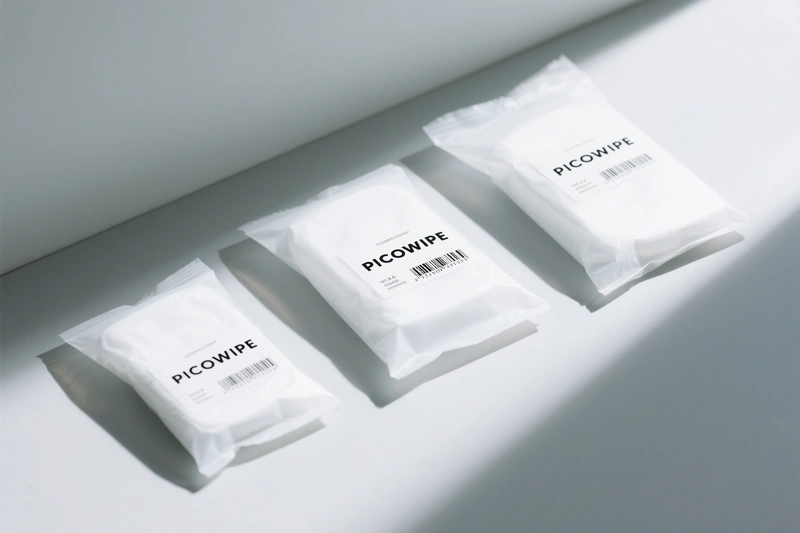By [email protected] — Charting the depths of expertise
The following improper usage methods can increase a cleanroom wipe's own particle release. These actions directly or indirectly lead to damage of the wipe's structure, thereby increasing the risk of it generating and releasing its own particles during use:
Improper folding and usage:
Repeatedly rubbing or excessively bending the wipe: This damages the fiber structure, especially for some woven wipes (which have minimal elasticity).
Failing to fold properly and using the wipe's rough edges for wiping (if the edges are poorly sealed or knife-cut): Edge fibers can easily loosen and shed, becoming a major source of particles.
Wiping in circles or back-and-forth instead of in parallel, overlapping, unidirectional strokes (for details, see my translation of 'Proper Wiping Techniques'-Texwipe): Irregular, multi-directional movements apply more complex and potentially more aggressive mechanical stress to the wipe's fibers. Fibers can be twisted, repeatedly bent, and subjected to friction from multiple angles, which more easily leads to fiber breakage, wear, or detachment from the wipe body, thus directly generating new particles. Non-parallel, unidirectional wiping is equivalent to releasing adsorbed contaminants onto other areas, essentially "transporting" and "smearing" contaminants from one place to another rather than effectively removing them from the surface.
Wiping too fast: Rapid wiping increases friction between the wipe's fibers and the object's surface, causing fibers to break or wear down, thus releasing more particles.
Applying excessive pressure: Excessive pressure causes mechanical damage to the wipe's fiber structure, leading to fiber breakage and particle shedding.
Dry wiping or insufficient solvent: Wiping without sufficient lubrication (e.g., using a dry wipe or too little solvent) greatly increases friction, making it more likely for the wipe to shed particles or for its fibers to break.
Using incompatible solvents: Certain solvents can cause the wipe's fibers to swell, become brittle, or degrade, making them more prone to breaking and generating particles during use.
Reusing single-use wipes: Besides carrying previously wiped contaminants, a used wipe's structure may already be damaged, making it more likely to release its own fibers and particles upon reuse.
Wiping rough or sharp surfaces: Such surfaces can easily snag or tear the wipe's fibers, leading to a significant release of particles.


